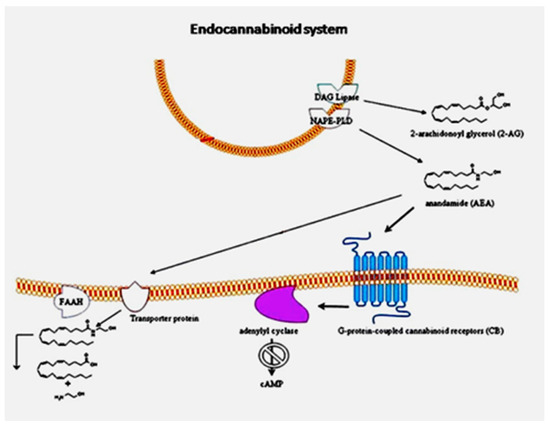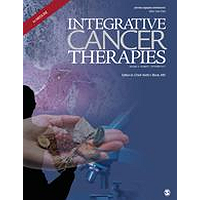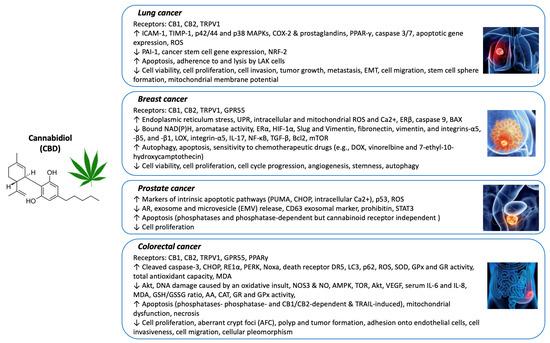
“Current treatments for autism spectrum disorders (ASD) are limited in efficacy and are often associated with substantial side effects. These medications typically ameliorate problem behaviors associated with ASD, but do not target core symptom domains. As a result, there is a significant amount of research underway for development of novel experimental therapeutics.
Endocannabinoids are arachidonic acid-derived lipid neuromodulators, which, in combination with their receptors and associated metabolic enzymes, constitute the endocannabinoid (EC) system. Cannabinoid signaling may be involved in the social impairment and repetitive behaviors observed in those with ASD. In this review, we discuss a possible role of the EC system in excitatory-inhibitory (E-I) imbalance and immune dysregulation in ASD.
Novel treatments for the core symptom domains of ASD are needed and phytocannabinoids could be useful experimental therapeutics for core symptoms and associated domains.”
https://pubmed.ncbi.nlm.nih.gov/33689997/
“Novel treatments for the core symptom domains of ASD are needed, and the endocannabinoid (EC) system could be a target for those therapies through the administration of exogenous cannabinoids.”
https://www.sciencedirect.com/science/article/abs/pii/S0022395621001266?via%3Dihub
“Healing autism spectrum disorder with cannabinoids: a neuroinflammatory story” https://pubmed.ncbi.nlm.nih.gov/33358985/












